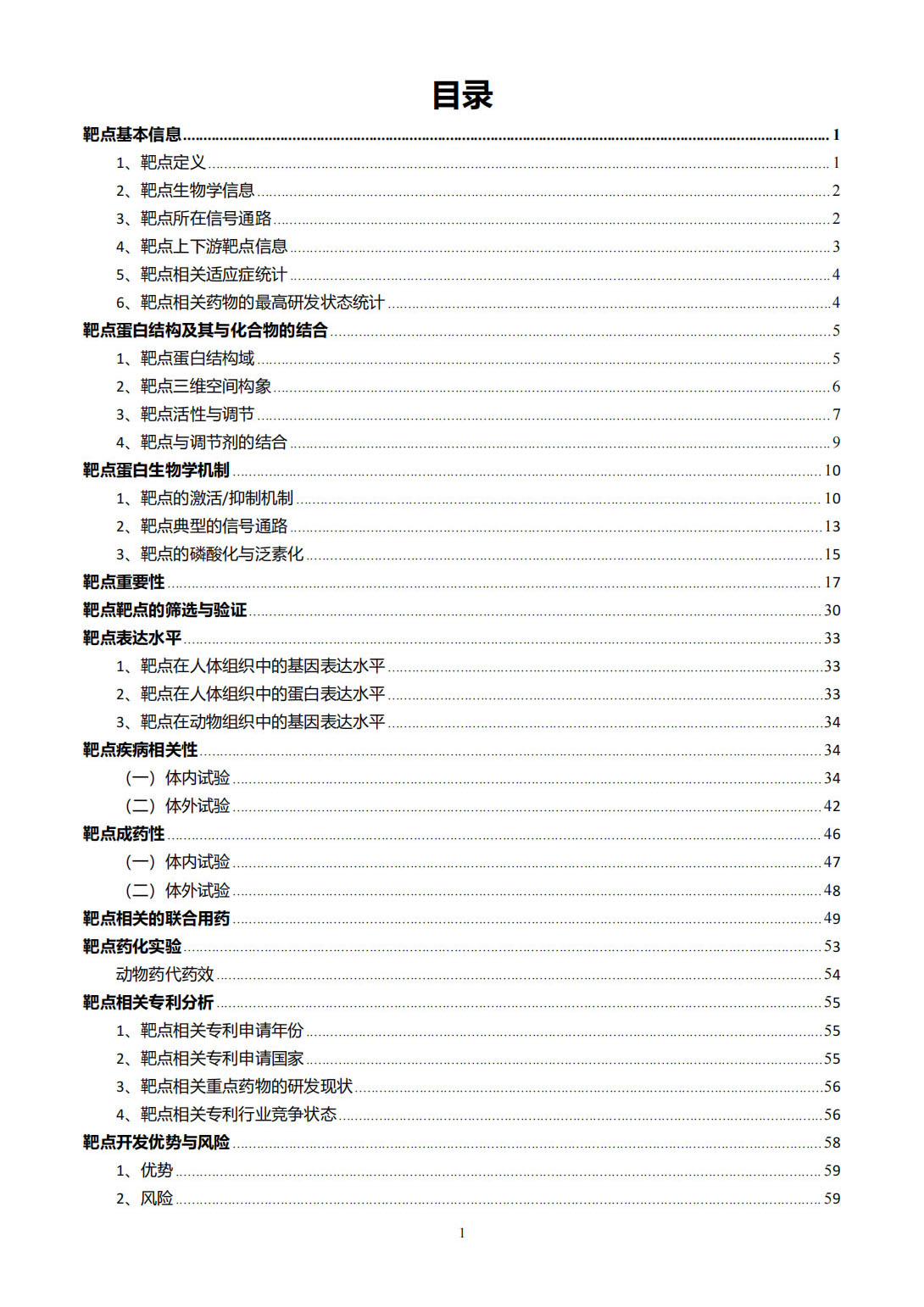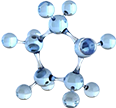FOXO3 Target Analysis Report Summary


About the Target
Based on the provided context information, some key viewpoints can be extracted regarding FOXO3:
FOXO3 plays a crucial role in gene expression during terminal erythroid maturation [1].
LZ-101 stabilizes FOXO3a and induces mitochondrial apoptosis, showing strong anti-tumor activity [2].
AKT is essential for phosphorylation, nuclear exclusion, and degradation of FOXO3a by TGFbeta, which influences stemness in SCC15 cells [3].
The AMPK-SKP2-CARM1 signaling axis involving FOXO3a regulates autophagy [4].
FOXO3a-mediated regulation of ABCB1 influences drug efflux and cross-resistance in cancer cells [5].
These viewpoints highlight the various roles and mechanisms associated with FOXO3, including its involvement in gene expression, apoptosis induction, stemness regulation, autophagy, and drug resistance.
FOXO3a is a transcription factor that plays a role in various cellular processes, including autophagy, histone modification, apoptosis, and cell growth arrest. Its activation is influenced by different signaling pathways and protein interactions, which ultimately lead to changes in gene expression and cellular outcomes.
In response to glucose starvation, the activation of FOXO3a-dependent autophagy and lysosomal genes is mediated by the CARM1-Pontin-FOXO3a signaling axis, which involves methylated Pontin binding to FOXO3a [6]. Another signaling axis involving TFEB and CARM1 works for CLEAR motifs, activating genes regardless of Pontin methylation status.
CircMRPS35, a circular RNA molecule, has been found to affect the proliferation and metastasis of gastric cancer. It recruits KAT7 to the promoter regions of FOXO1 and FOXO3a, leading to increased H4K5 acetylation and upregulation of these genes [7].
In osteosarcoma cells, the downregulation of HIPK2 results in the accumulation of CtBP1, which assembles with p300 and FOXO3a to repress the expression of proapoptotic genes, inhibiting apoptosis and increasing chemoresistance [8]. On the other hand, HIPK2 overexpression promotes CtBP1 degradation, preventing the formation of the complex and increasing proapoptotic gene expression, ultimately promoting apoptosis and decreasing chemoresistance.
BMCC1 has been studied for its role in the DNA damage response. Knockdown of BMCC1 decreases phosphorylation signals related to the response to DNA-damaging agents and increases phosphorylation at AKT-T308 and FOXO3a-T32 [9]. BMCC1 is proposed to inhibit antiapoptotic proteins in DNA-damaged cells to facilitate mitochondrial apoptosis.
Diosmetin, a natural compound, has been shown to inhibit cell growth in prostate cancer cells. It downregulates c-Myc, cyclin D1, and Cdk4, while increasing FOXO3a and p27Kip1 expression levels, leading to cell growth arrest [10]. Diosmetin treatment also enhances the apoptotic machinery in prostate cancer cells.
Overall, FOXO3a is involved in multiple cellular processes and its activity is regulated by various signaling pathways and protein interactions. These findings highlight the importance of FOXO3a in cellular homeostasis and shed light on potential therapeutic targets for various diseases.
Figure [1]

Figure [2]

Figure [3]

Figure [4]

Figure [5]

Figure [6]

Figure [7]

Figure [8]

Figure [9]

Figure [10]

Note: If you are interested in the full version of this target analysis report, or if you'd like to learn how our AI-powered BDE-Chem can design therapeutic molecules to interact with the FOXO3 target at a cost 90% lower than traditional approaches, please feel free to contact us at BD@silexon.ai.
More Common Targets
ABCB1 | ABCG2 | ACE2 | AHR | AKT1 | ALK | AR | ATM | BAX | BCL2 | BCL2L1 | BECN1 | BRAF | BRCA1 | CAMP | CASP3 | CASP9 | CCL5 | CCND1 | CD274 | CD4 | CD8A | CDH1 | CDKN1A | CDKN2A | CREB1 | CXCL8 | CXCR4 | DNMT1 | EGF | EGFR | EP300 | ERBB2 | EREG | ESR1 | EZH2 | FN1 | FOXO3 | HDAC9 | HGF | HMGB1 | HSP90AA1 | HSPA4 | HSPA5 | IDO1 | IFNA1 | IGF1 | IGF1R | IL17A | IL6 | INS | JUN | KRAS | MAPK1 | MAPK14 | MAPK3 | MAPK8 | MAPT | MCL1 | MDM2 | MET | MMP9 | MTOR | MYC | NFE2L2 | NLRP3 | NOTCH1 | PARP1 | PCNA | PDCD1 | PLK1 | PRKAA1 | PRKAA2 | PTEN | PTGS2 | PTK2 | RELA | SIRT1 | SLTM | SMAD4 | SOD1 | SQSTM1 | SRC | STAT1 | STAT3 | STAT5A | TAK1 | TERT | TLR4 | TNF | TP53 | TXN | VEGFA | YAP1

